Your baby’s sleep cues can help you know when to put them down for sleep. Learn how to spot your baby’s sleep cues so you can get him to sleep and avoid an overtired baby.

Newborn babies don’t come with an instruction manual (Gosh, wouldn’t it be great if they did?). But they will show us some signs when they are getting too tired and need to go down for sleep.
These sleep cues are your baby’s body language and can tell you when your baby might need a nap.
Learn how to spot the signs that your baby is getting sleepy and how to use those sleep cues to help improve their overall sleep.
After reading this blog post you’ll:
- Understand what your baby’s sleepy cues look like
- Know what to do if you missed their sleep cues (or if they never showed any)
- Be able to pair your baby’s sleep cues with wake windows to get them the best sleep possible
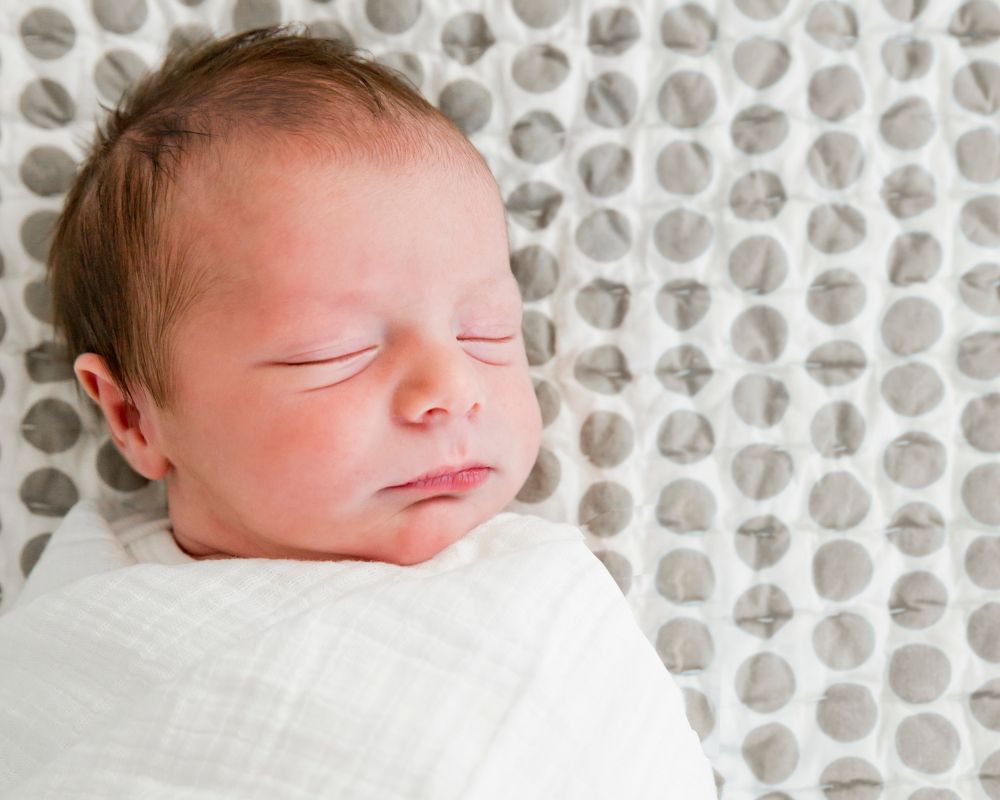
What Do Sleep Cues Look Like?
These are the first signs of sleepiness that your baby exhibits when he is getting sleepy.
This is the optimal time to start your nap routine or bedtime routine.
Beginning Sleep Cues:
- Avoids eye contact
- Decreased activity
- Starts zoning out
- Less vocal / Quieter
- Less social
- Calmer
- Redness around the eyebrows
- Turns head away
- Yawning
- Rubbing eyes or face
- Tugging at ears
- Drooping eyelids
- Jerky limb movements
Late Sleep Cues
Once your baby starts showing the following sleep signs, they are probably overtired.
Your baby might have a harder time falling asleep at this point. But they definitely need a nap once they start exhibiting these sleep cues:
- Clingy behavior
- Clenched fists
- Arched back
- Fussiness / Cranky
- Crying
- Acting out / Tantrums (Geared more toward toddlers)
Perhaps you missed your baby’s sleep cues, or they came on real quick—it happens!
If your baby is showing these late sleep cues, they are in the overtired phase.
When your baby in overtired mode, it’s going to be harder for them to fall asleep.
I know it seems counterintuitive! You would think that if your baby is super tired, they would fall asleep faster.
But the reality is that when your baby is overtired, they experience an influx of stress hormones that make it harder to fall asleep. They basically get a second wind and then it’s harder to settle down.
Life happens, and there are going to be times when you miss your baby’s sleep cues. It’s okay!
Just be prepared to invest a little more time and energy into helping them settle down for sleep when they’re overtired.
What If My Baby Doesn’t Show Any Sleep Cues?
Some babies don’t show sleep cues, or their sleep cues are very subtle.
If that’s the case with your baby, then you’ll want to avoid overtiredness in your baby by focusing on their wake windows.
Wake windows are the amount of time your baby can stay awake in between sleeps. A newborn’s wake window is between 30–90 minutes.
You can watch the clock or set an alarm for your baby’s wake window and get them down for sleep within that time frame.
Video on Baby Sleep Cues
Watch the video below where Amy will walk you through using baby sleep cues to help your baby sleep better.
Should I Go By Sleep Cues or Wake Windows?
After about 3 months of age, sleep cues aren’t as reliable for knowing when to put your baby down for a nap.
Some babies no longer exhibit sleep cues at this age, while others will show sleep cues way too early.
Once your baby is past the newborn stage—about three months of age—you’ll want to keep an eye out for their sleep cues but also make sure that you are paying attention to their wake windows as well.
For example, my daughter always exhibited sleep cues 15 to 20 minutes before nap time. She would start yawning after she’d only been awake for a bit.
I quickly learned her sweet spot and and knew that if I put her down too early (even if she was yawning), then she was going to take a short nap.
I had to stretch her an extra 15 minutes or so and then she would take a good solid nap.
If your baby seems tired, but still has about 15 to 20 minutes before nap time, you might need to distract them to help them finish strong.
What If My Baby is Showing Sleep Cues Before Finishing their Wake Window?
If your baby is showing sleep cues before their wake window is up and they’re past 3 months old, it’s time to get creative.
Some things you can do to help switch up the routine and help them finish their wake window include:
- Going outside
- Playing with a new toy
- Playing with a sibling
- Moving to a new room in the house
Is Yawning Always a Sleep Cue?
It seems like yawning should be the universal sign for “I’m exhausted,” right? But when it comes to your baby, that’s not always the case.
When yawns are paired with some of the other common sleep cues, you can be pretty confident that your little one is ready to snooze.
But did you know babies will sometimes yawn for reasons other than tiredness? Just think about all the times you’ve yawned simply because you saw someone else do it. Babies might do the same!
And try not to be offended, but babies might even yawn out of boredom. So if you see your baby yawning, look for other sleep cues too before you move on to the nap routine.
How do I Get an Overtired Baby to Sleep?
If you’ve missed your baby’s sleep cues, and he’s gotten overtired, it’s time to settle him and get him to sleep ASAP.
Plenty of infant sleep problems can come from a baby being overtired, including baby waking up too early, fussiness, false start bedtime, poor feeds, night waking, and your baby only naps 30 minutes.
Thankfully, if your baby is overtired, there are some things you can try to get them to settle down for sleep.
Swaddle Baby
If your baby isn’t rolling over yet, you can also swaddle them to help calm them for sleep. Once they’re swaddled, try holding them on their stomach against your chest, or on their side to soothe them for a bit.
Assist Baby to Sleep
Feel free to assist your baby with something like the Shush Pat method. You can offer cribside comfort so your baby falls asleep in their crib with your help.
Offer A Contact Nap
Put your baby in a baby carrier or on your chest and let them take the nap on you. Enjoy those newborn cuddles and know that you can try to catch their sleep cues for their next wake window.
Swaying and shushing your baby as you hold them are also helpful tactics when they are feeling overtired. That’s why I love the 5S’s!
Use the The 5 S’s
The 5S’s are a great way to calm your overtired/fussy baby and get him to sleep:
- Swaddle: Swaddling a baby creates a tight, cozy feel and can help keep an overtired baby’s limbs from getting too jerky. Swaddling can help babies sleep longer and sounder. Follow these tips if you think your newborn hates a swaddle and also make sure you know when to stop swaddling your baby as well.
- Side or Stomach: Holding a baby on his side or stomach can help soothe him and help him calm down before placing him in his crib. The back is the safest sleep option for babies, but you can hold your baby on his side or stomach before placing him in his crib on his back.
- Shush: Also known as white noise. Using a shushing sound or having a white noise sound machine can help calm a fussy baby. It was noisy in the womb and silence can be deafening to babies!
- Swing: Babies are also used to a lot of movement in the womb. While you were carrying them and going about your day, they were snoozing! If you’ve missed your baby’s sleep cues and he is fussy, make sure to support his head and neck, and try a small jiggly motion. Watch the video from Dr. Harvey Karp to see how this is done properly.
- Suck: Offer your baby a pacifier to suck on. Sucking can be soothing for babies and be the cherry on the top that they need to fall asleep!
If you have any questions about baby sleep cues, leave them in the comments below and we’ll help you troubleshoot.
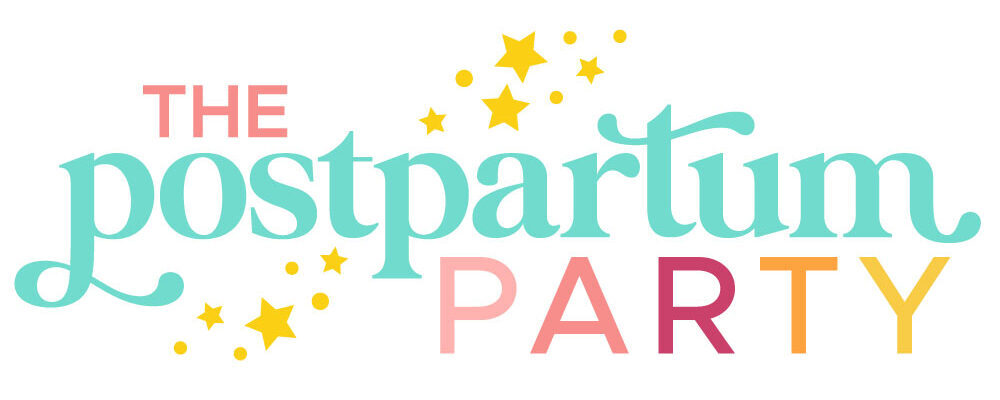
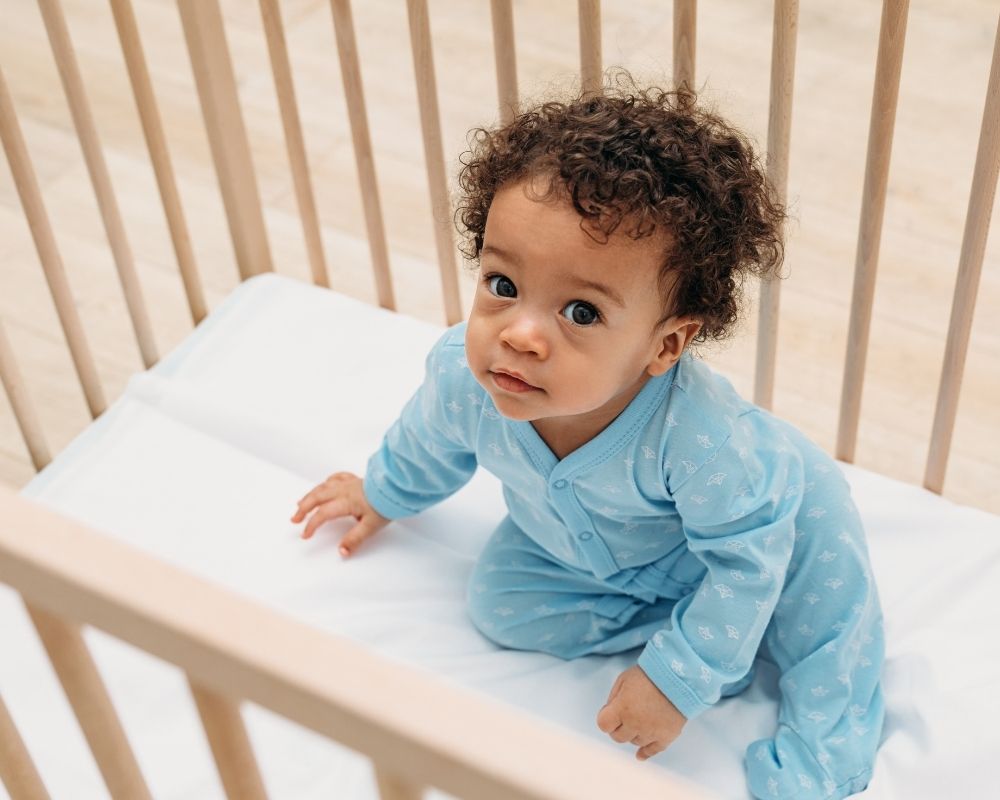
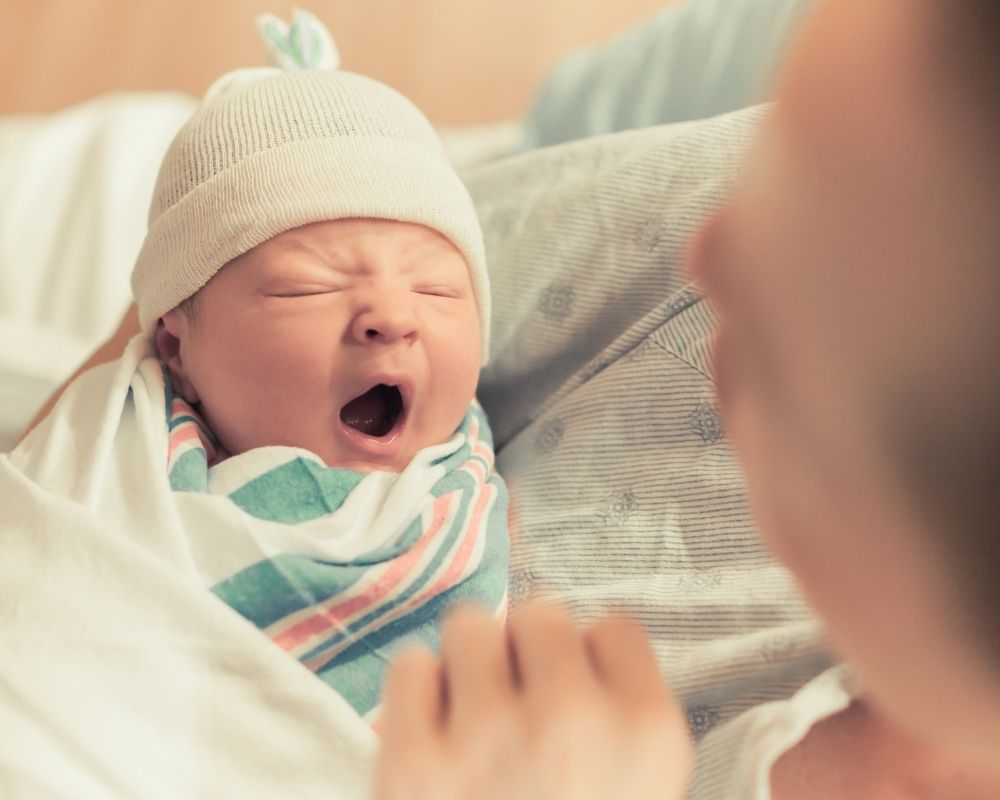
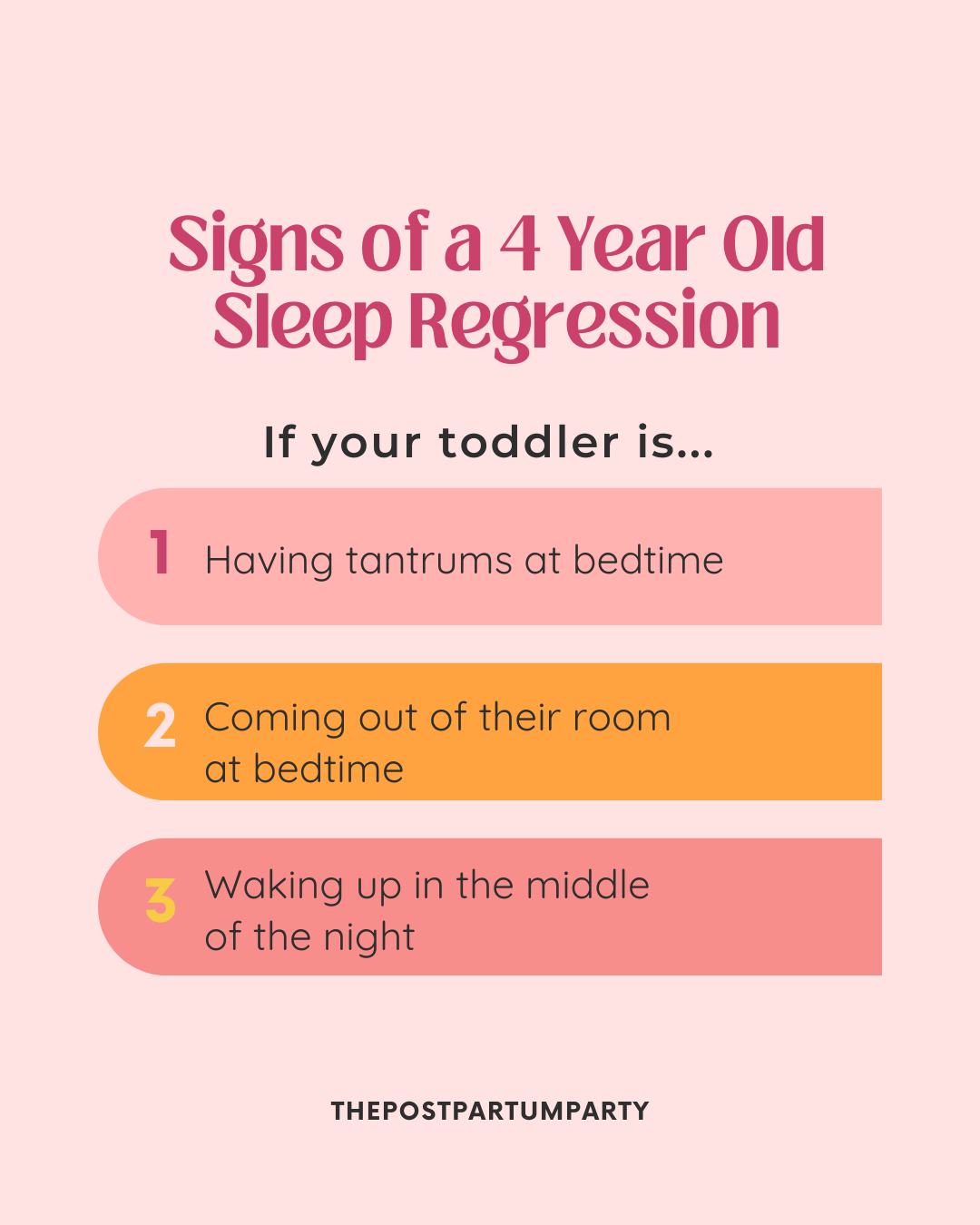
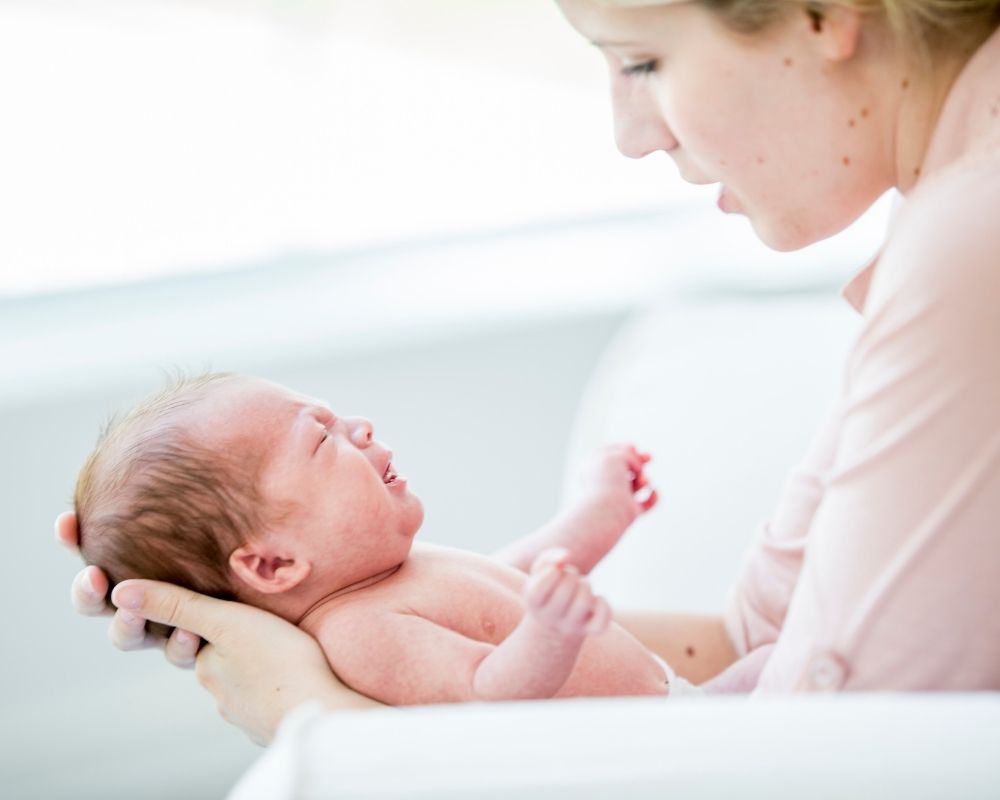

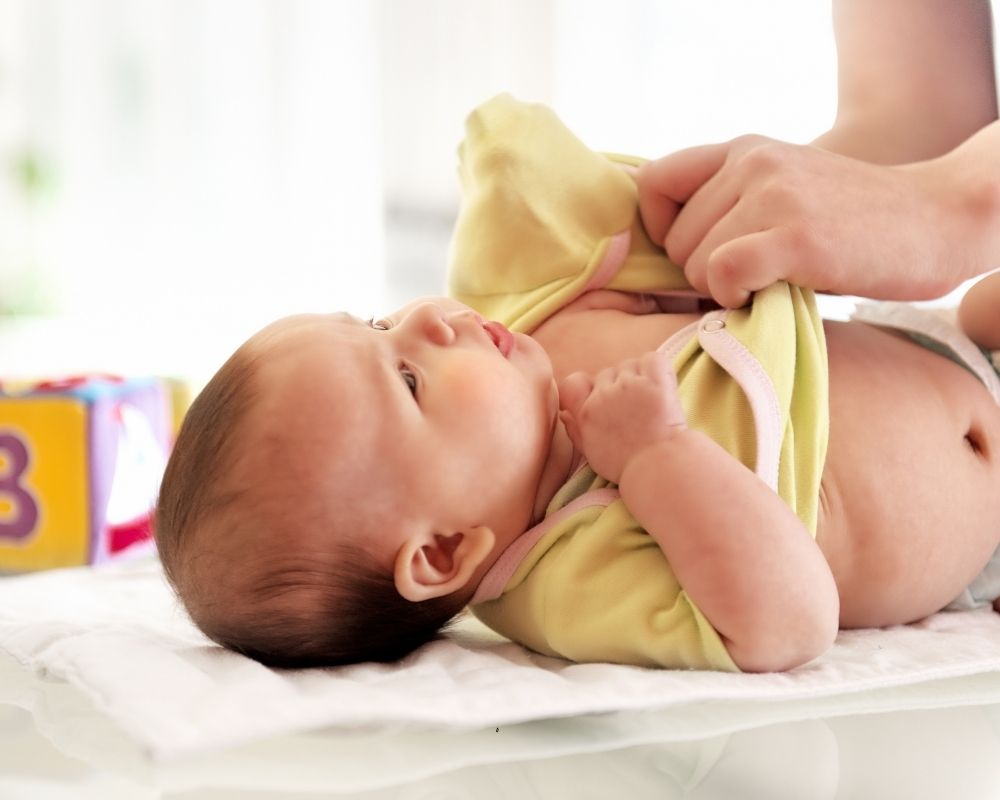
2 Comments